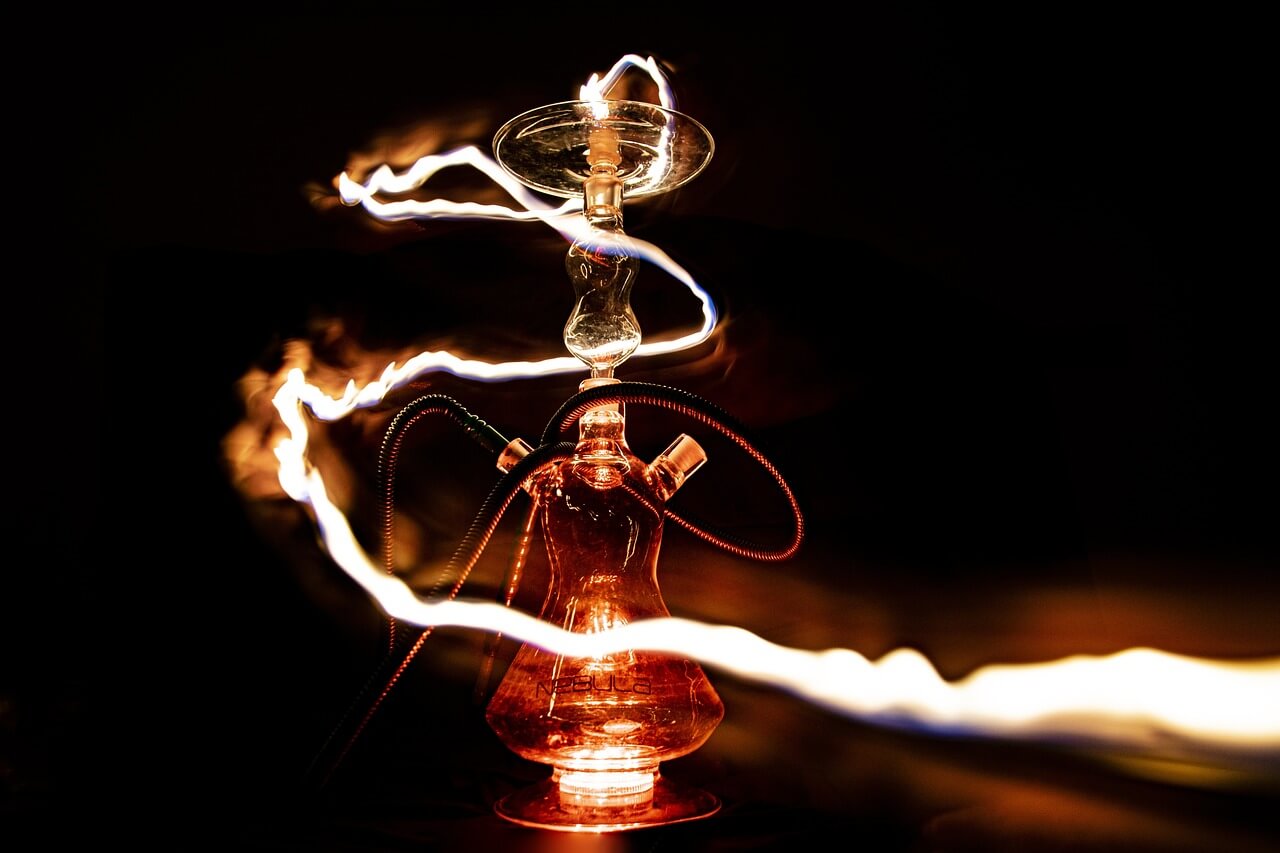When it comes to the harmful effects of smoking, our minds usually jump to cigarettes, cigars, pipes, e-cigarettes, and tobacco heaters. However, we often forget about another indulgent form of smoking: the hookah, also known as a water pipe or narghile. This ancient tool has its roots in the Indian subcontinent and the eastern Mediterranean regions, but today, it is prevalent in the Western world and the United States. According to an article published in the Tobacco Control journal in 2018, its success can be attributed to various factors, including enticing flavors, greater social acceptance, and the underestimation of its toxic effects.
Recently, after a delightful evening spent smoking a hookah with a friend, I wondered whether smoking hookah is really harmful. My initial response, driven by ignorance, was, “Oh no, it can’t be that bad!” This was mainly because, not fully understanding how it works, I considered the water to be a filter, and I thought I was inhaling flavored water vapor.
Realizing that I wasn’t entirely sure about what I was inhaling, I decided to do some research and stumbled upon an article by Oggi Scienza (which I recommend reading), and I’ll summarize it below.
Scientific literature clearly demonstrates that the hookah is anything but devoid of toxic effects, and in some aspects, it may even be worse than cigarettes. For instance, the duration of smoking a cigarette is typically between five and seven minutes and allows for 8-12 puffs, while a hookah session lasts between twenty and eighty minutes, with 50-200 puffs. This means that during a hookah session, you can inhale the same amount of smoke equivalent to smoking about 100 cigarettes.
The toxicity of the hookah is not only due to the substances present in the tobacco but also to the combustion process. In a hookah, charcoal burns the tobacco, and the smoke passes through water in a container, cools and humidifies, and is then inhaled through a tube. This process adds to the dangers by introducing oxidizing nanoparticles that harm the lungs and a significantly higher quantity of carbon monoxide compared to traditional cigarettes.
A study published in the Circulation journal revealed that the carbon monoxide from hookah smoke is about ten times higher than that from cigarettes. Furthermore, hookah smoke exposes consumers to polycyclic aromatic hydrocarbons, highly carcinogenic molecules, both when it’s prepared with tobacco and without it.
The health effects are concerning. Studies, though with some methodological limitations, have shown that hookah causes damage to the respiratory and cardiovascular systems, oral cavity, and teeth, similar to what is caused by cigarette smoking. In the short term, there’s an increase in heart rate and blood pressure, while in the long term, exposure to these toxic substances can lead to the development of chronic diseases and cancer.
It’s essential to note that hookah secondhand smoke is also dangerous, with toxic substances present in the surrounding environment. Furthermore, hookah is often perceived as less harmful than cigarettes, which is a misguided perception that could lead young people and non-smokers to start with hookah, creating a risk of transitioning to cigarette consumption.

